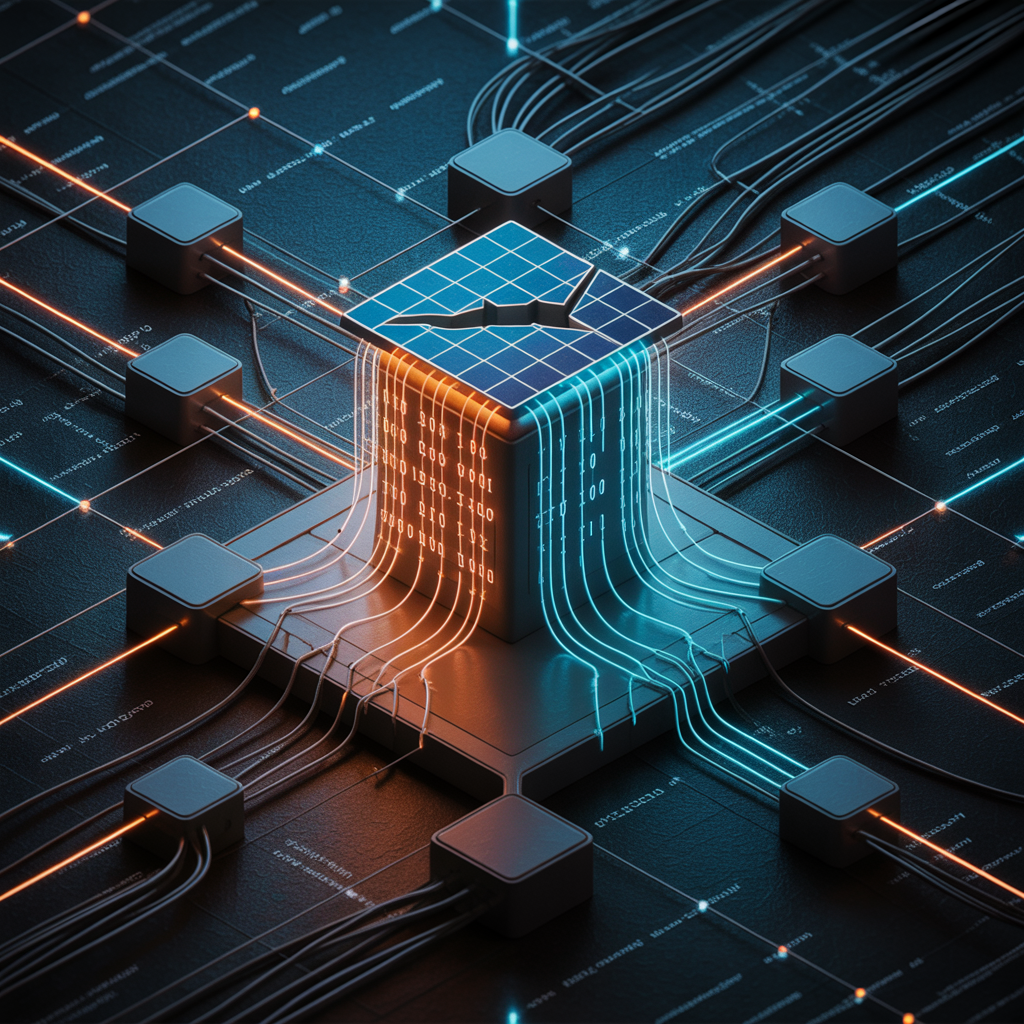In December 2020, the world became aware of one of the most sophisticated and far-reaching cyberattacks in history—the SolarWinds breach. This incident highlighted the vulnerabilities inherent in software supply chains and sparked a global reckoning in how both governments and private companies approach cybersecurity. The attackers, believed to be a nation-state actor, infiltrated SolarWinds’ Orion software platform, used by more than 33,000 organizations, including U.S. federal agencies and Fortune 500 companies.
This article unpacks the SolarWinds attack, explores how it happened, who was affected, and the critical cybersecurity lessons we must learn to prevent similar incidents in the future.
What Was the SolarWinds Attack?
A Targeted Supply Chain Compromise
The SolarWinds attack was a classic supply chain compromise, where attackers gained access to systems not by directly attacking the victims, but by infiltrating the software vendor whose product was widely trusted. The threat actors inserted malicious code into the Orion software updates, which were then digitally signed and distributed to thousands of customers between March and June 2020.
This malware, later named SUNBURST, created a backdoor in affected systems, allowing attackers to quietly monitor, extract, and manipulate data. The code was highly sophisticated, designed to avoid detection and operate stealthily.
Scope and Impact
Among the organizations impacted were:
- U.S. Departments of Homeland Security, Treasury, and Commerce
- Microsoft and Intel
- NATO and the European Parliament
Although over 18,000 organizations downloaded the compromised update, only a subset was actually targeted for follow-on exploitation, suggesting the attackers were highly selective and strategic in their approach.
How Did It Happen?
Exploiting Trusted Systems
The attack exploited the fundamental trust organizations place in software vendors. By compromising the build environment of SolarWinds—a point in the software development lifecycle where applications are compiled and prepared for release—the attackers inserted malicious code into Orion updates.
This act turned a legitimate software update into a weapon. Because Orion is used for IT monitoring and management, it had extensive permissions within enterprise networks, giving attackers broad access once inside.
Sophisticated Tactics
The attackers used a number of advanced tactics to remain undetected:
- Stealthy Backdoor: SUNBURST remained dormant for up to two weeks after installation before initiating communication with command-and-control servers.
- Mimicking Legitimate Traffic: The malware communicated over HTTP, using domains that closely resembled those used by SolarWinds, making network detection difficult.
- Selective Targeting: Only high-value targets were further exploited, minimizing noise and reducing the chances of early discovery.
This level of stealth and precision strongly suggests the involvement of a state-sponsored actor, with Russia’s APT29 (also known as Cozy Bear) widely suspected.
Cybersecurity Lessons Learned
The SolarWinds attack was not just a breach—it was a wake-up call. Here are key lessons that cybersecurity professionals, software vendors, and policymakers must take away.
1. Zero Trust Architecture is Crucial
One of the main takeaways is the need to adopt a Zero Trust security model, which assumes no user or system is inherently trustworthy. Instead of relying on perimeter defenses, Zero Trust mandates continuous authentication, authorization, and monitoring of users and systems, even if they are inside the network.
2. Software Supply Chain Security Must Be Prioritized
Most organizations don’t scrutinize the software they purchase to the extent they scrutinize their own internal systems. The SolarWinds incident shows that the supply chain can be the weakest link.
To strengthen it, organizations should:
- Demand SBOMs (Software Bill of Materials) from vendors
- Conduct regular code audits
- Monitor for anomalous behavior even from trusted applications
3. Behavior-Based Detection Beats Signature-Based
Traditional antivirus solutions rely on known malware signatures, which SUNBURST avoided with its novel code. Instead, behavioral analytics and anomaly detection systems are better equipped to flag unusual actions, like unexpected network calls or data exfiltration patterns.
4. Improve DevSecOps Practices
Security must be integrated into the development lifecycle, not bolted on after the fact. Known as DevSecOps, this approach ensures that security checks are automated and consistent from development through deployment.
SolarWinds reportedly had weak password policies and lax internal controls, which may have contributed to the attackers’ success. Strengthening internal development environment security is now an imperative.
The Global Response
U.S. Government Actions
In response to the attack, the U.S. government took several steps:
- Issued Emergency Directive 21-01, instructing federal agencies to disconnect affected systems
- Created the Cyber Safety Review Board to analyze the incident and recommend future policy changes
- Passed Executive Order 14028 on improving the nation’s cybersecurity, which mandates federal adoption of Zero Trust and better incident response capabilities
Industry Collaboration
Tech companies such as Microsoft, FireEye (now Trellix), and CrowdStrike were instrumental in uncovering and analyzing the attack. The breach underscored the importance of public-private partnerships in detecting and mitigating sophisticated threats.
Moving Forward: Building Cyber Resilience
The SolarWinds attack made one thing clear: No organization, no matter how big or secure, is immune to modern cyber threats. It also showed that we are in an era where cyberattacks can be geopolitical weapons, not just criminal ventures.
Key Takeaways for Organizations
- Audit your software dependencies regularly
- Monitor network activity continuously, even from trusted applications
- Invest in employee cybersecurity training to reduce social engineering risks
- Prepare incident response plans and test them regularly
Conclusion
The SolarWinds cyberattack was a turning point in cybersecurity history. By compromising a trusted vendor, the attackers leveraged the trust model of software distribution to gain access to high-value targets worldwide. In doing so, they exposed critical vulnerabilities in how software is developed, trusted, and deployed.
While the damage was significant, the incident also triggered a wave of improvements in cybersecurity policy and practice. It’s now up to organizations to apply these lessons—adopting Zero Trust, securing the software supply chain, and enhancing detection capabilities—to build a more resilient digital infrastructure for the future.
